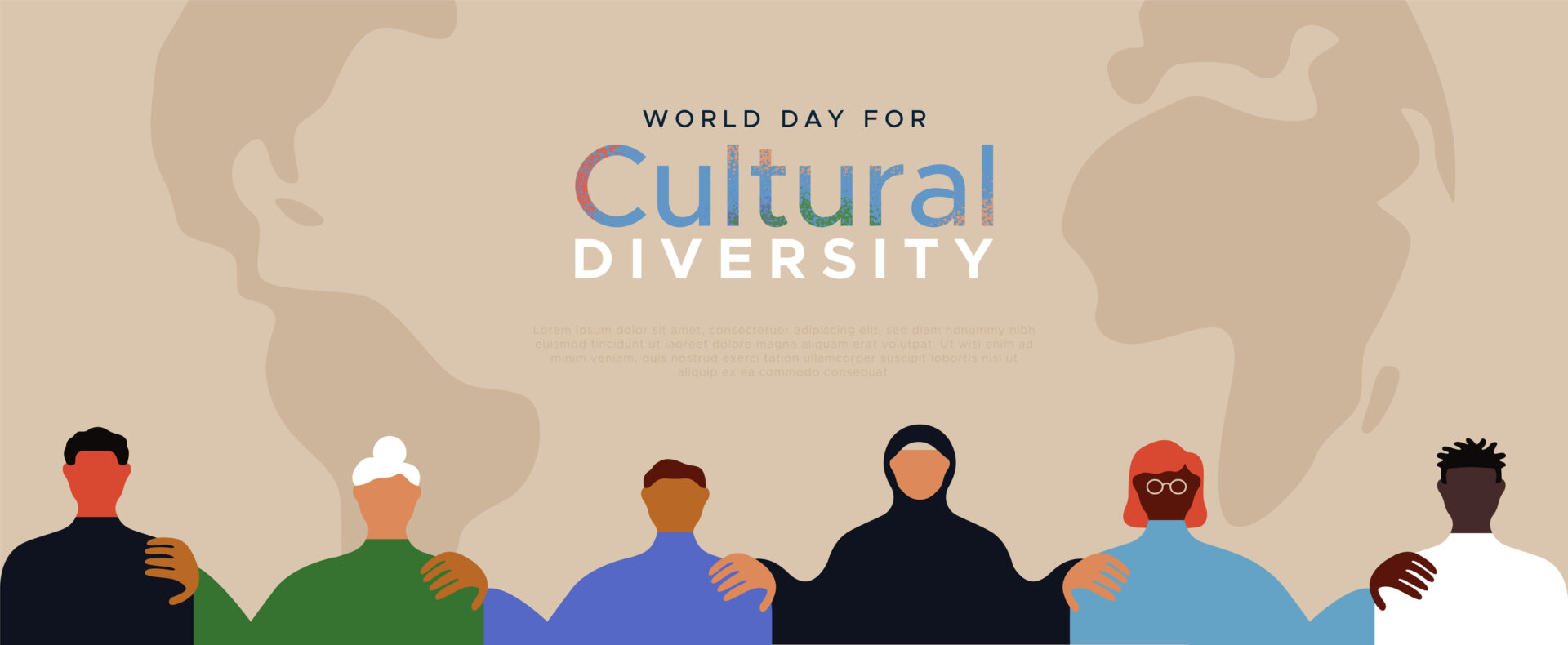Regardless of where you get your news, it seems that many sources agree. To limit the spread of COVID-19, we need to limit human contact. With the Centers for Disease Control reporting that COVID-19 may be airborne, we can expect to see an increase in rules and regulations globally for countries where COVID-19 cases are just beginning.
As with all rules, these vary by government. Some countries, like Australia, are enacting fines to those violating social distancing guidelines. Other countries, like Italy and the U.S., are shutting down schools, restaurants, houses of worship, and other public spaces to encourage citizens to remain at home. The CDC is now advising against gatherings of more than 10 people.
The big question is, what effect will this have on the spread of the virus? According to scientific research, social distancing can stop COVID-19 cases from growing exponentially. An example of successful social distancing can be seen through data from Guangzhou, a Chinese city that is controlling the spread of COVID-19 through early action to contain the disease.
To have similar success as cities like Guangzhou, social distancing, which once seemed to be a laughing matter, is suggested to countries with emerging cases and considerable growth alike. In this post, we answer all your social distancing questions.
What is social distancing?
Social distancing means remaining a minimum of 6 feet away from others. The goal of this physical distance is to ensure there is no exchange of bodily fluids as this causes transmission of the disease from one person to the other. Social distancing means limiting yourself from social interaction as much as possible.
Is it the same as self-isolating and quarantining?
Not quite. Self-isolating means remaining completely indoors and away from others for a specific time. This is generally practiced by those who might have been exposed to someone who had or has the virus. Many countries are urging individuals who have traveled to countries with large case numbers to practice self-isolation for at least 14 days. The hope is that this will limit the spread in cases where an individual is not yet exhibiting symptoms.
Quarantining is similar to self-isolation with the caveat that it can be legally enforced. Wuhan, the center point of COVID-19 has been in quarantine for just under two months. The country has shut down transportation to and from the city. They also require residents to monitor their temperatures daily and remain indoors.
On a spectrum from proactive action to reactive action, social distancing and quarantining are on opposite ends with self-isolation sitting somewhere in between.
Who should participate in social distancing?
In short, everyone. Individuals questioning social distancing seem to be those who are young and without symptoms of the virus. While young people may be at a lower risk of having severe complications if they contract COVID-19, this does not mean they are untouchable.
We know that COVID-19 can live on surfaces for several days. We also know that there is a 2-14 day incubation period for COVID-19. These two statistics make it possible for those who seem perfectly fine to have been in contact with COVID-19 recently, making them a threat to those they interact with. This is especially scary for populations at a higher risk of contracting the disease like the elderly and those who have compromised immune systems.
To keep yourself and those around you safe, regardless of your age and the state of your health, you should adopt social distancing.
Does it actually help?
If taken seriously, social distancing during pandemics can save lives. Italy, the country with the highest death toll in Europe, is an example of what can go wrong when social distancing and isolation are not practiced. In an effort to avoid economic hardships, the country’s officials elected to leave bars, restaurants, shopping centers, and ski resorts open despite early indications of an outbreak. Italy is now seeing a return on these actions in the form of a death toll reaching upwards of 8,000.
There is no telling how many Italian lives social distancing might have saved but, with recommendations from the CDC, we can assume it could have been substantial.
Can I still go out in public?
Yes and no. Current recommendations for social distancing include remaining 6 feet away from others and in spaces with less than 10. It can be difficult to ensure these guidelines are met once you leave the house, which is why officials are advising individuals to stay at home unless otherwise necessary.
To show the seriousness of these guidelines, government officials are modifying the operating hours of stores and dining establishments. Some countries, states, and cities are electing to close these spaces temporarily. With these rules in place, it might be challenging to find somewhere outside of your home, to go to, which is the point of such closures.
To determine if leaving your home is safe and advised, check with your local government and news sources.
With COVID-19 threatening global health, medical professionals are needed now more than ever! A clinical experience could be a great way to gain real-world exposure.
Create an account with AMO to explore 700+ clinical experiences >







Leave A Comment